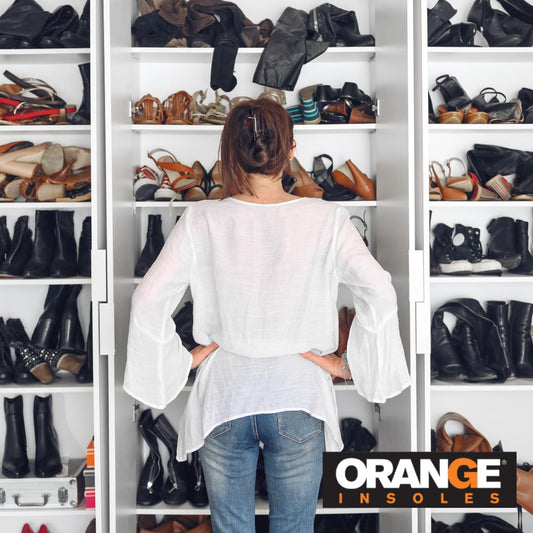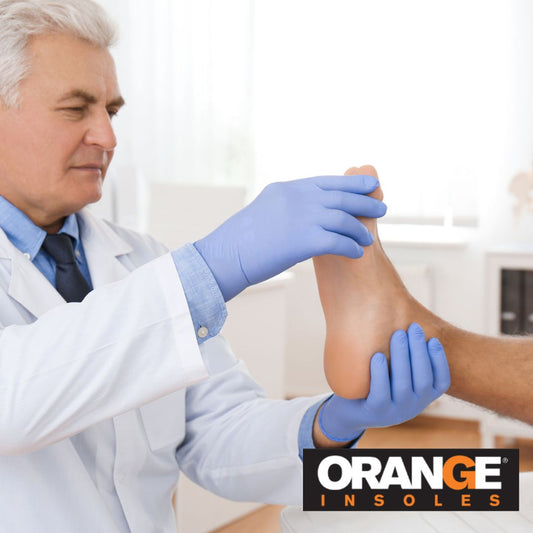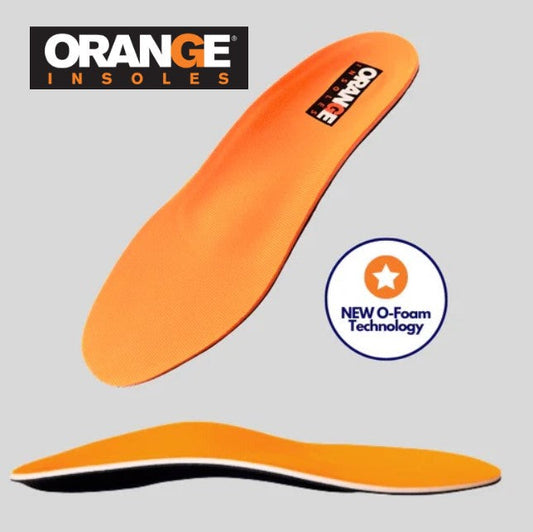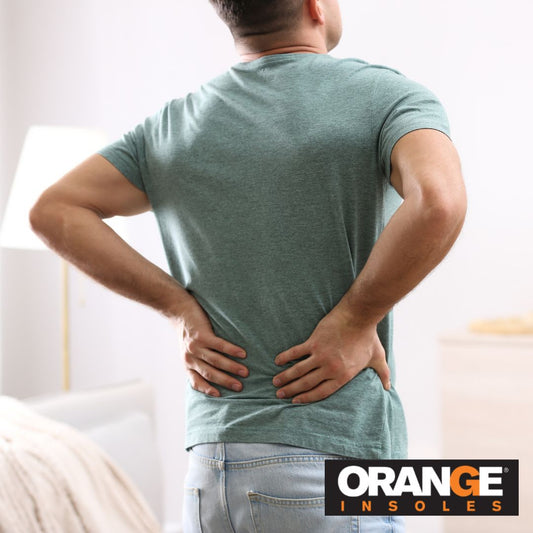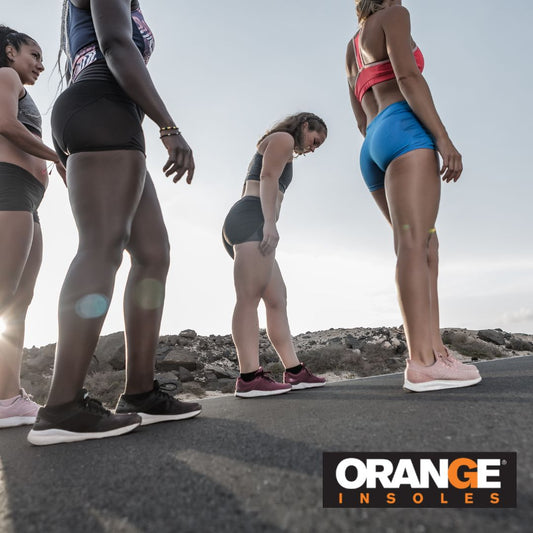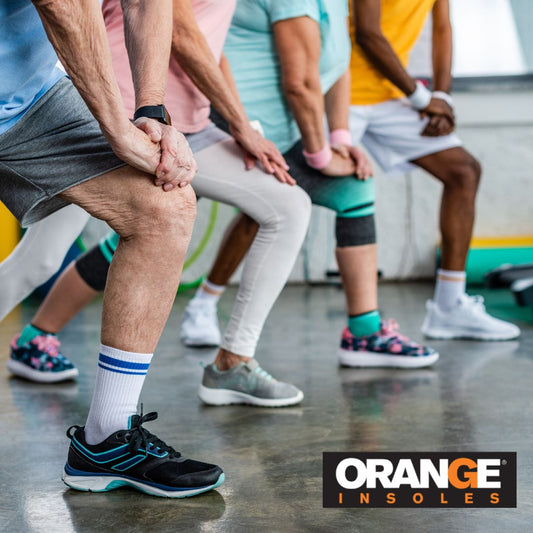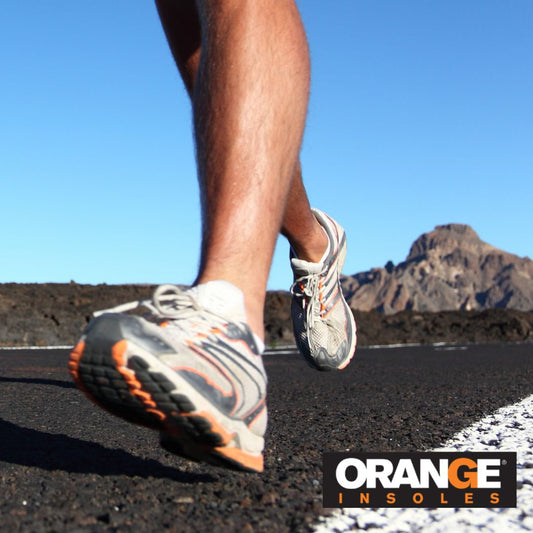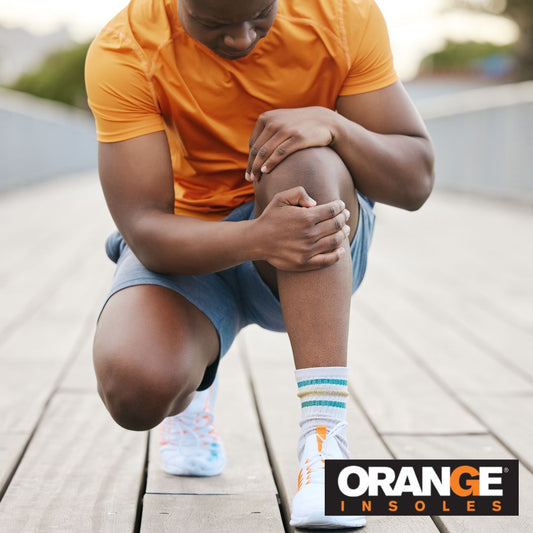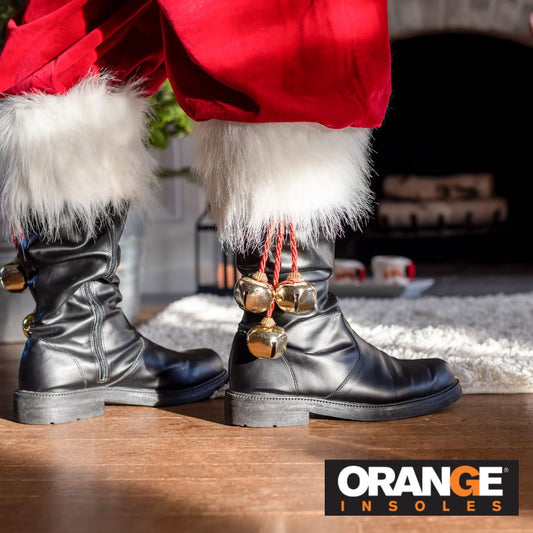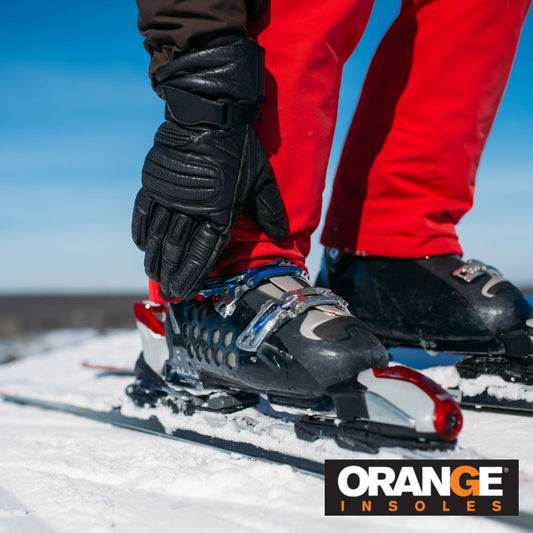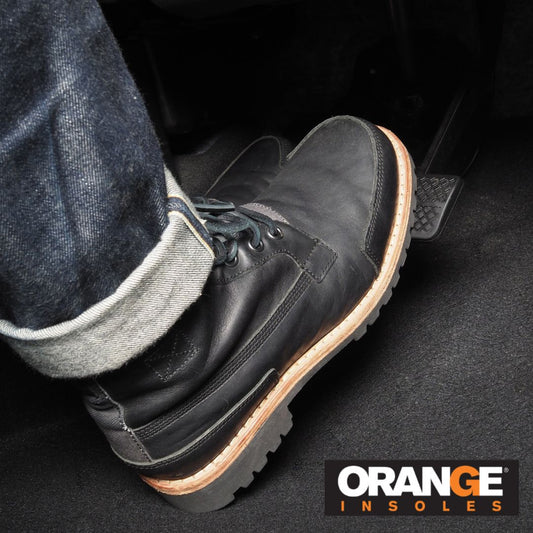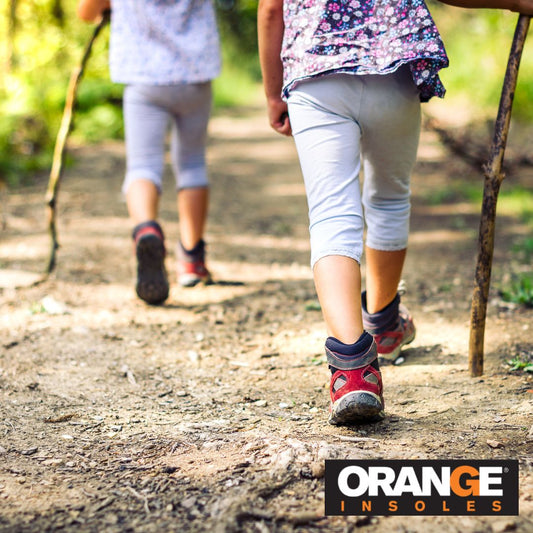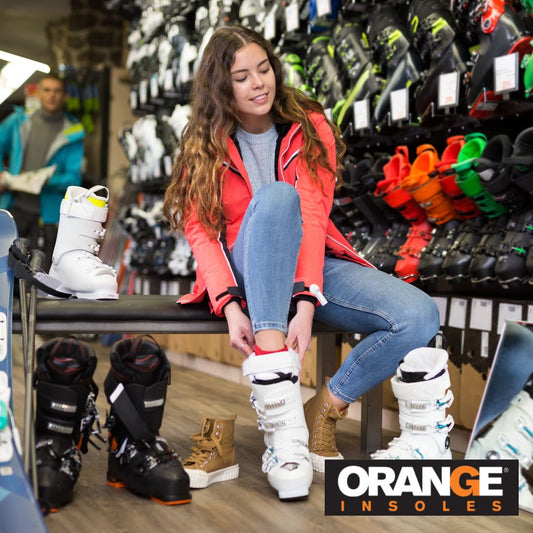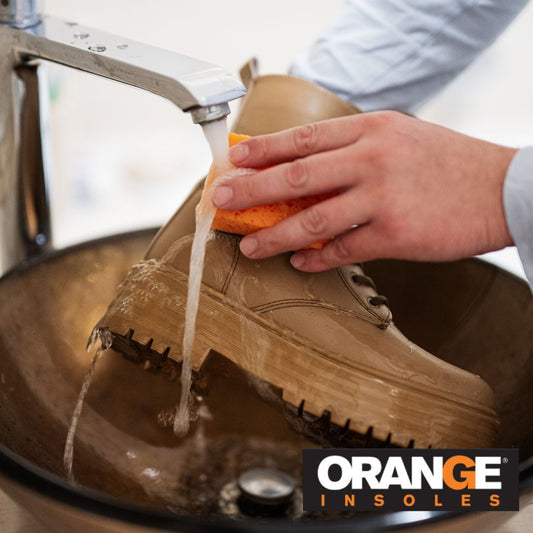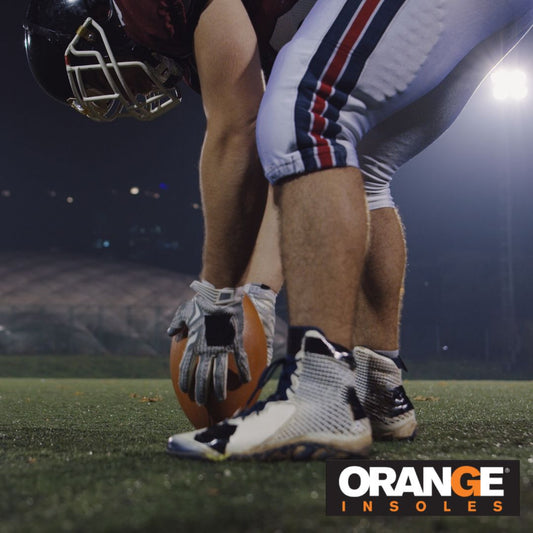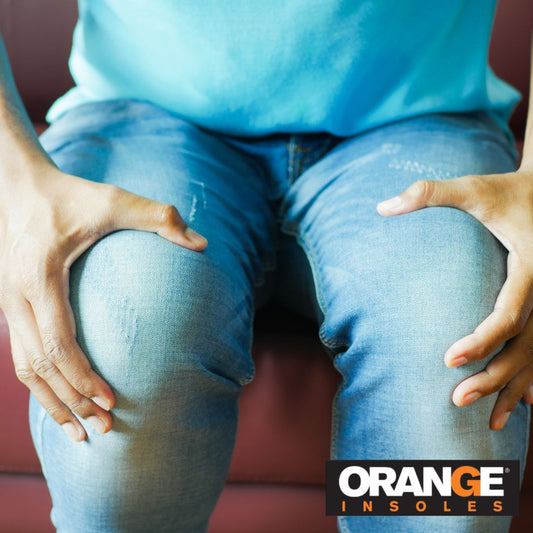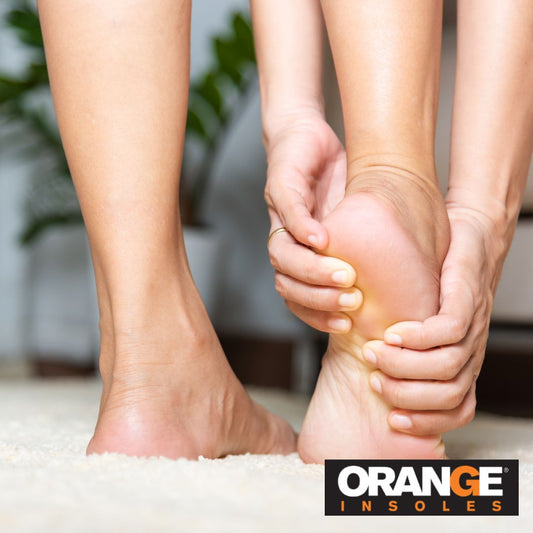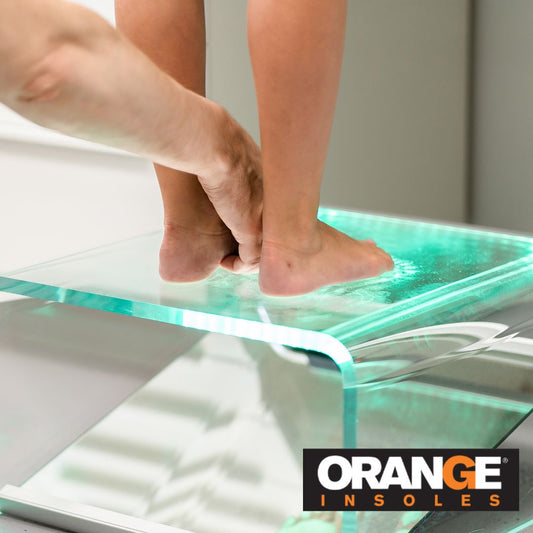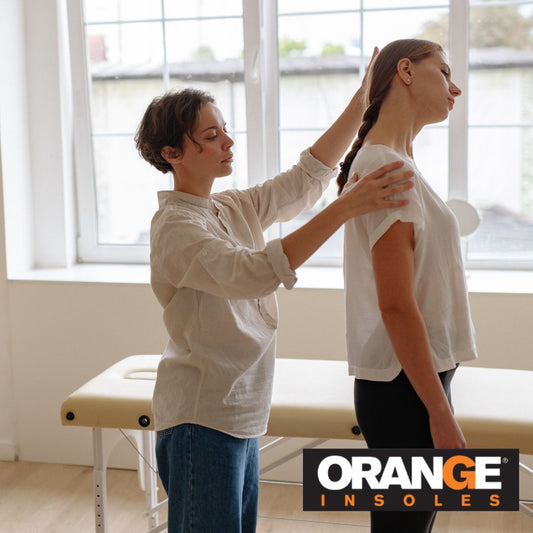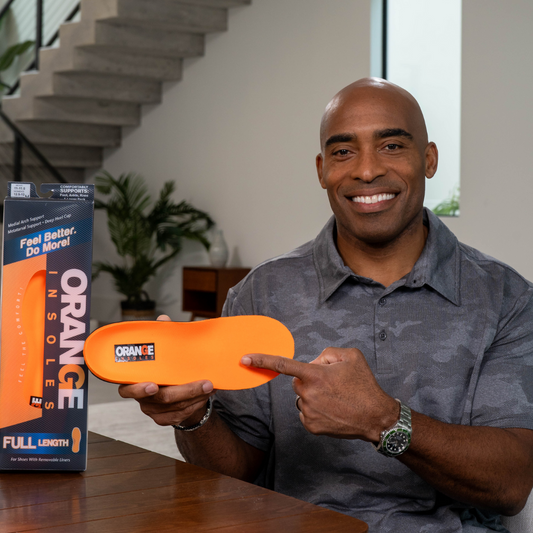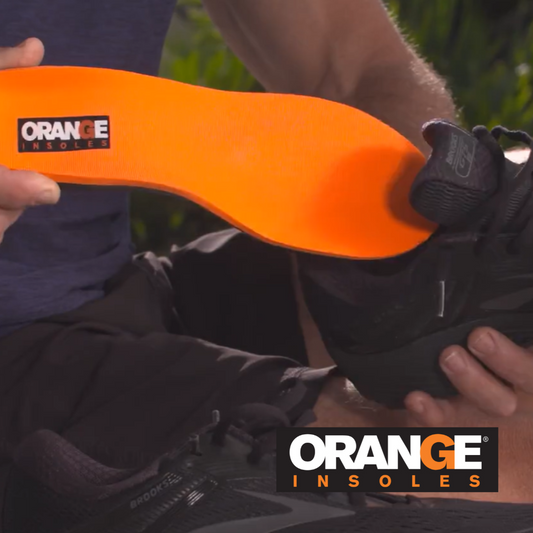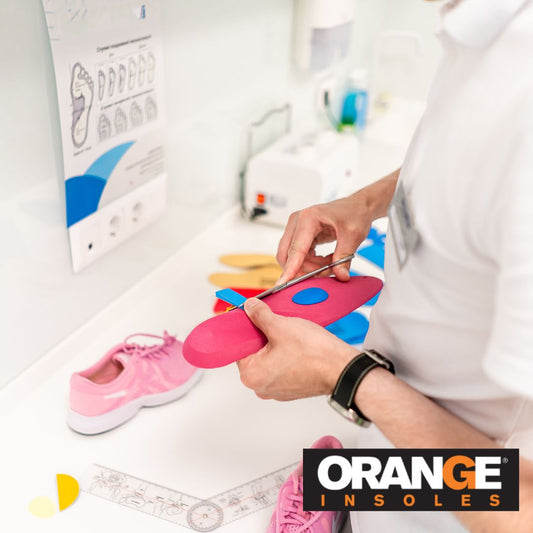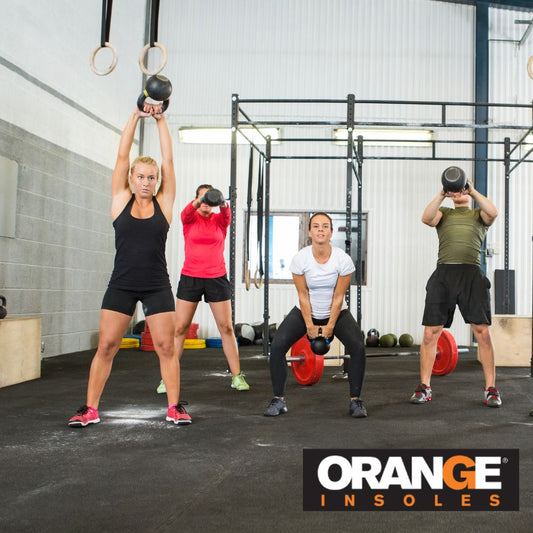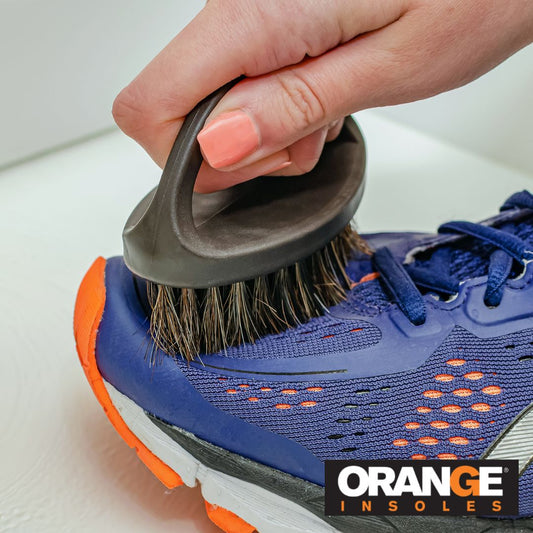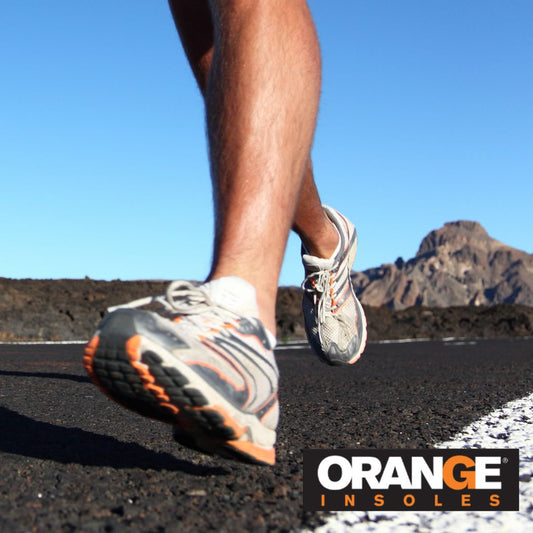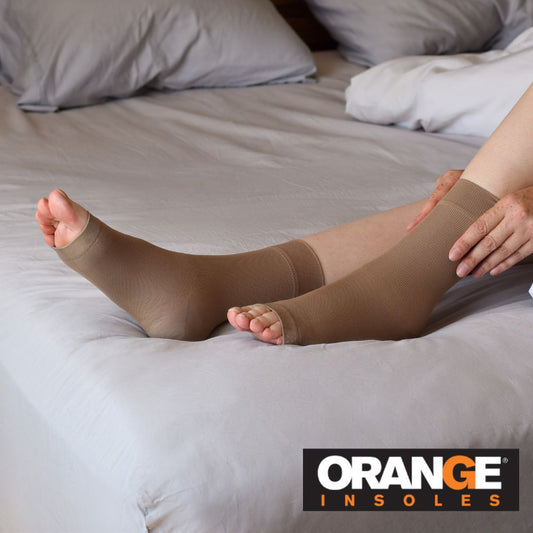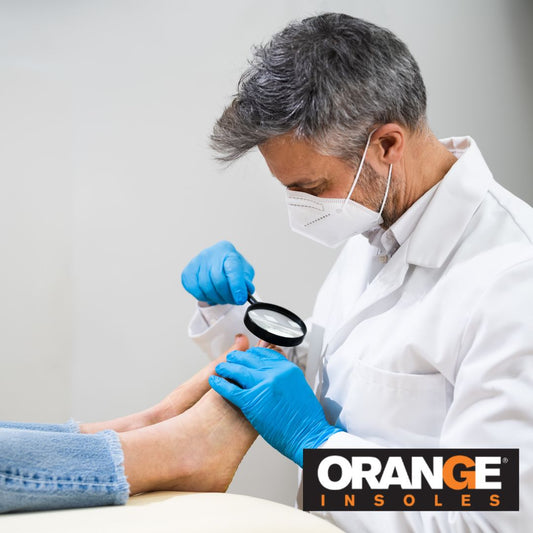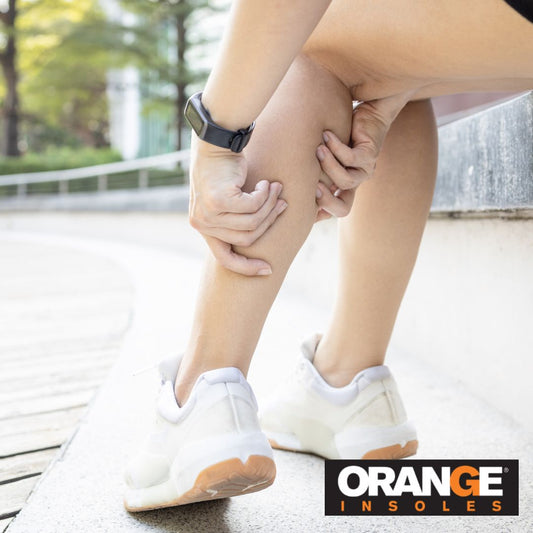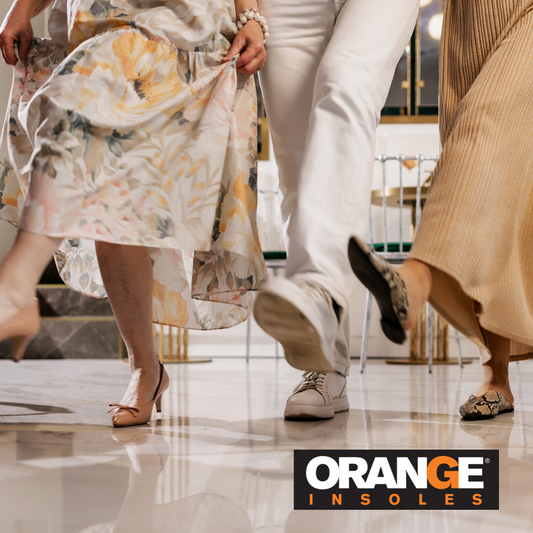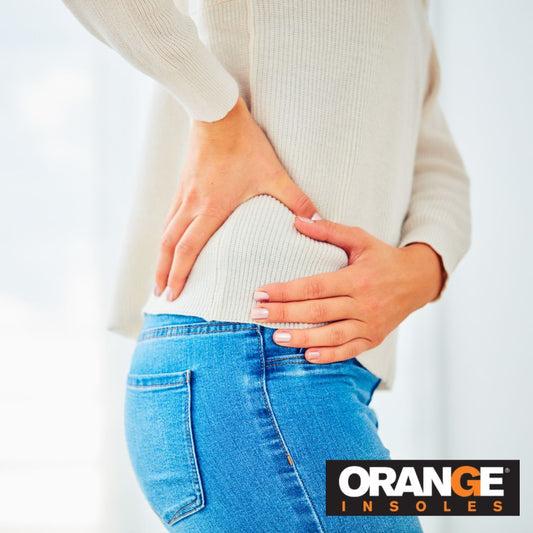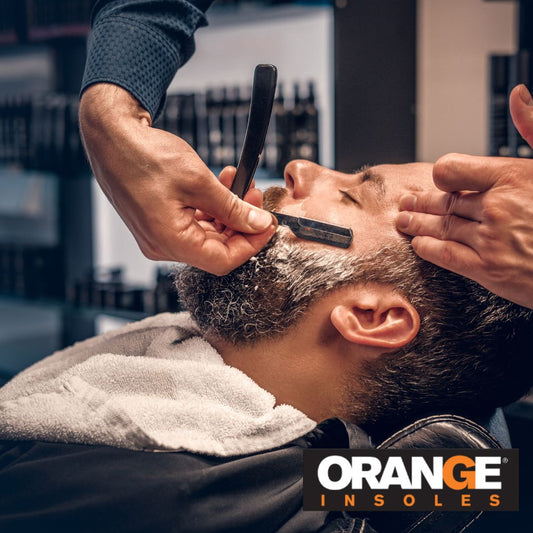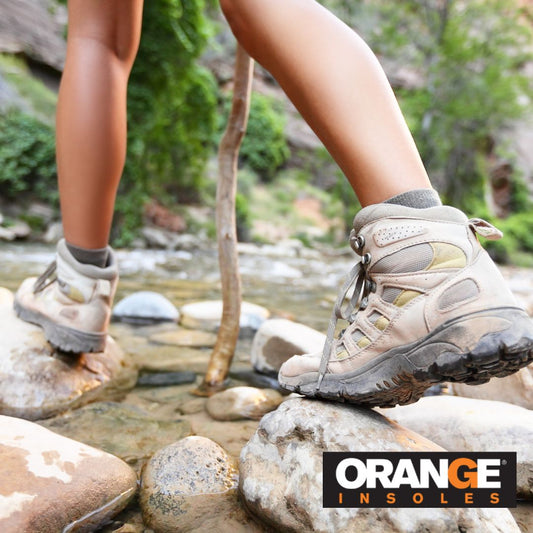Common Cycling Injuries
Cycling is a relatively safe activity that is not only low-impact and great cardio. But, as with most sports or activities, there are common injuries associated with cycling injuries you might encounter along the road. These injuries don’t just affect elite athletes and can take you off your bike if you’re not careful.
If you’re thinking of starting cycling or are at the beginning of your journey, check out some of the common risks of cycling that could possibly put you on the sidelines for a while. If you cycle pretty regularly, some of these may look familiar.
Knee Pain From Cycling
Knee pain is common in cycling and could be pointing to another type of injury but before you do anything, give it a few days rest.
If you have knee pain from cycling, it’s good to take a look at your overall form and if your bike is a proper fit. Oftentimes, pain on or near the kneecap (the patella) means that your seat is too low, while pain in the back of the knee could mean that it’s too high. A high seat makes your hamstrings stretch too much - which is the source of the pain.
Another culprit may be a tight IT band, especially if the pain radiates from the outer part of the knee. This connective tissue runs down the outer thigh and can pull on the patella. You might hear suggestions to wrap your thigh/s in kinesio tape, wear a knee brace or just foam roll it out, but ideally, you’ll want to address the cause, not just treat the symptoms. These stretches can help the overall flexibility of your IT band to help prevent overuse injuries.
One last factor to consider when your knees are bothering you, are your shoes. Long-distance cyclists wear cleats to get a consistent grip on the pedals. If your legs aren’t pedaling totally straight, the extra force outwards or inwards can wear on your knees after a while. Besides well-fitted cleats, you can pair them with quality insoles to distribute pressure throughout the foot properly. For cycling cleats without a lot of extra space, we recommend the Orange Light.
If knee pain continues immediately after resting at least a few days and you’ve made changes to your cycling form or bike, see a doctor who can figure out exactly what’s going on.
Lower Back Pain from Cycling
This is one of the most common cycling injuries for those who are new to cycling for longer periods of time. It’s challenging to stay hunched over your handlebars; even hovering a little bit can knock you out of alignment. Lower back pain might strictly be in the back or it may radiate out, which makes it hard to know where it’s starting.
The piriformis muscle- which begins in the lower back and extends to the buttocks- can get irritated and even affect the sciatic nerve. You may end up feeling the pain in your hips or down your leg. Everything is interconnected in our bodies.
When this kind of pain develops over time, it’s important to get enough rest, stretch, and use a foam roller. It’s also good to be aware of your posture–consider raising your handlebars so that your seat and bars are more even with each other. Most importantly, (most people don’t think of this) work on your core strength. Your lower back will be better supported with stronger core muscles. Work on developing your lower back muscles with these exercises, too.
Neck Pain From Cycling
You might not associate neck pain with cycling, but it’s one of the most common injuries of the sport. Having the handlebars too low can definitely cause neck pain since your neck has to hyperextend in order to see the terrain ahead. All of this tightness can lead to more pain further down the road. We recommend resting, neck stretches, practicing good posture even when you’re not on the bike, (especially if you have a desk job!) and a heat treatment to help with pain. But, of course, you should always see your doctor if the pain is severe or doesn’t go away.
Achilles Tendonitis from Cycling
The achilles is an extremely important tendon that lies on the backside of your ankle; it keeps your foot and calf muscles working in harmony. If you feel any pain here, it’s time to take a break, no questions asked. The inflammation from achilles tendonitis can become more serious with time. The basic rule of thumb here is to follow the RICE method (rest, ice, compress and elevate) and take over-the-counter pain medications as needed.
Compression can also help so think about adding an ankle brace to your gear. Though, don’t forget to see a doctor if the pain continues; you may need something more intensive like physical therapy.
Don’t worry, it’s possible to prevent achilles tendonitis. First, you need to consistently warm up your calf and ankle muscles before every cycling trip. Also, adjust your bike so that you’re not overextending your feet to pedal. Finally, even though you’re not running, good shoes/cleats can do wonders for your achilles. Orange Light insoles can further support your feet so that they don’t overpronate- one of the main causes of achilles tendinitis.
Wrist Pain From Cycling
Believe it or not, cycling can raise your risk for carpal tunnel syndrome. Racing bikes are often positioned so that you lean forward more and place more pressure on your wrists, so be aware of this. Even your posture can contribute to how you hold the handlebars.
To avoid wrist pain, keep your wrists straight, elbows slightly bent, and shoulders relaxed. Your head should be aligned with your back; this is how you can make sure you’re not leaning too far in. Adjusting your grip often will keep you from holding one position too long. It’s healthier to place all your stability in your torso rather than in your hands.
Like any overuse injury, rest and anti-inflammatories can provide some relief, but any pain that doesn’t get better with time should be examined by your doctor.
“Hot Foot” From Cycling
In the cycling world, “hot foot” means Metatarsalgia- a condition where the nerves near the ball of the foot are squeezed by metatarsal bones of the toes. It sounds painful and it can be! It’s fairly common in new riders and people who use poorly fitted shoes. Doctors often recommend orthotics or insoles to prevent it. Generally, cyclists should use a shoe that is ½ size larger so that there is room for feet to swell. Orange Insoles can be an awesome option for this condition since all of our insoles have a built-in metatarsal pad.
Prevent Injuries While Cycling
You don’t have to avoid cycling to avoid these injuries. The key is to take care of your body while you enjoy cycling. Little changes to your routine or form can make a huge difference in preventing common cycling injuries.
Stretch before and after, wear the right gear, practice good posture on and off the bike, rest when needed, and make sure your feet (and therefore the rest of your body) are supported by placing an insole in your shoes while cycling or even walking!







